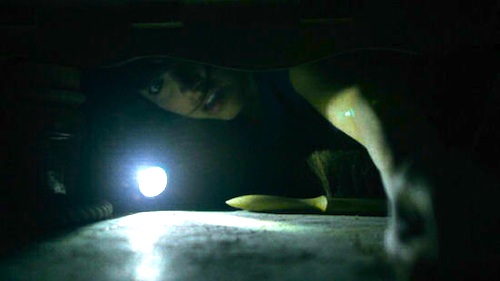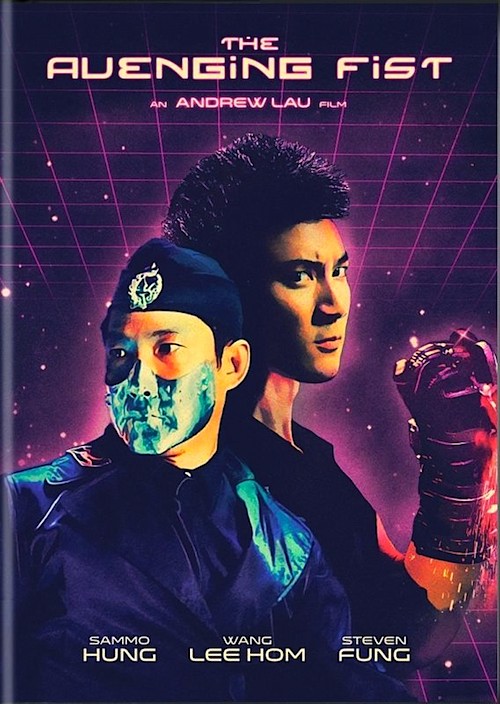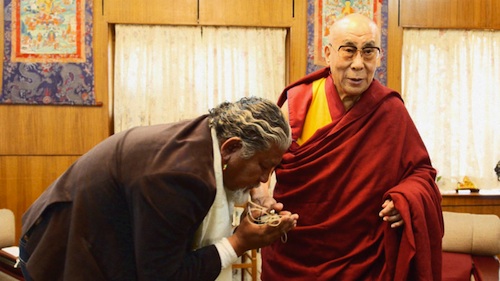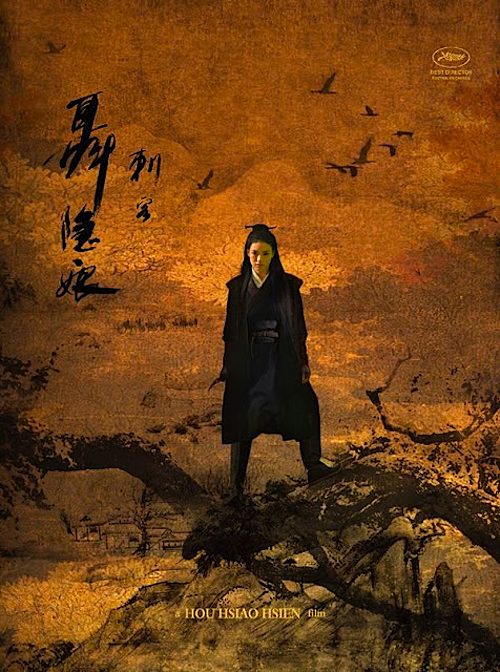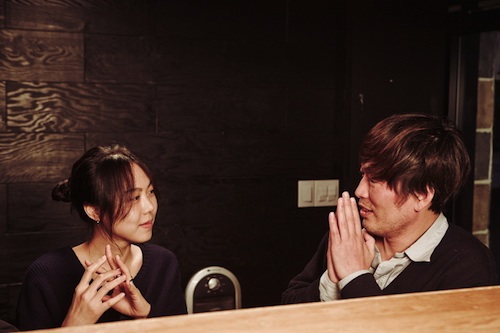By Joe Bendel. She was an icon of the black power and feminist movements, but Nina Simone had also married a white husband and appeared on Playboy After Dark. Few artists better represented the complexity and tempestuousness of the 1960s better than her. Classically trained but adopted by the jazz world, she eventually found crossover popularity with soul audiences. To use Ellington’s words, she was truly beyond category. Simone’s life, music, and cultural significance are surveyed in Jeff L. Lieberman’s independent documentary The Amazing Nina, which opens this Friday in New York.
Yes, Liz Garbus’s high profile Netflix documentary recently started streaming, but there is always room for a new film on an artist of her stature. Ironically, her fiercer fans might just appreciate Lieberman’s film more than the earlier release, even though Garbus’s film had the backing of Simone’s family, whereas Lieberman’s did not. What Happened, Miss Simone? boasts a number of revelations regarding Simone’s mental health problems and her alleged emotional abuse of her daughter. It is eye-opening stuff, but maybe not the way her fans want to remember her.
In contrast, Amazing is a more balanced chronicle in nearly every sense. There is a good deal of material on her early life that will be mostly new to viewers of the earlier doc, especially her first marriage to the white hipster Don Ross, who turned out to be a lazy ne’er do well. We also hear how her defiant spirit manifested itself during her early childhood years. Clearly, Lieberman did his research, delving deeper into the circumstances surrounding her unsuccessful audition for the Curtis Institute of Music.
 While daughter Lisa Simone threw her chips in with Garbus and Netflix, Lieberman’s production was not without its own Simone/Waymon family support. Most notably, Simone’s brother, band member, and former manager Sam Waymon is an enthusiastic participant, guiding viewers through the highs and lows of Simone’s life. He is a lively and engaging screen presence, who seems to be quite forthright in his reminiscences.
While daughter Lisa Simone threw her chips in with Garbus and Netflix, Lieberman’s production was not without its own Simone/Waymon family support. Most notably, Simone’s brother, band member, and former manager Sam Waymon is an enthusiastic participant, guiding viewers through the highs and lows of Simone’s life. He is a lively and engaging screen presence, who seems to be quite forthright in his reminiscences.
Simone’s longtime guitarist-musical director Al Schackman again offers his memories of the pianist-vocalist, which are always welcome. However, Amazing is further enriched and diversified by interview segments with Chinese Canadian guitarist Henry Young, whose stint in Simone’s band was relatively short but undeniably eventful. He might just deserve his own doc treatment.
Wisely, Lieberman never loses sight of the music, because for Nina Simone fans that is really what it is all about. If you think you knew her from previous documentaries or the infamous Montreux performance, it turns out there is even more to her story. It is richer and considerably more complicated. Briskly paced but appropriately sensitive when addressing delicate subjects, The Amazing Nina Simone should please the fans who were left somewhat cold by the previous film. In fact, the two documentaries supplement each other quite nicely. Recommended for all fans of jazz-soul-folk crossover music, The Amazing Nina Simone opens this Friday (10/16) in New York, at the AMC Empire.
LFM GRADE: B+
Posted on October 13th, 2015 at 9:55pm.
